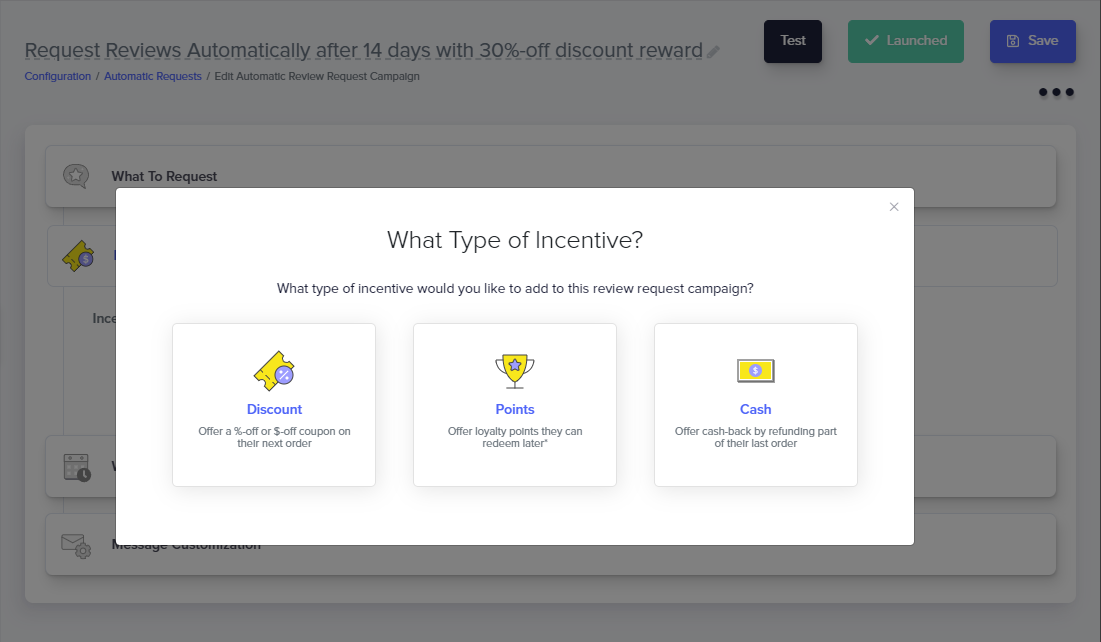Customer reviews can and should be one of the marketing cornerstones of a business.
Whenever someone looks for a product or service on Google, like a restaurant to visit, they will pay attention to the customer ratings that show up in search.
If an establishment has poor reviews, it is natural to avoid such a business. On the other hand, praise from others is often the deciding factor to go and check out the company yourself.
Of course, it is also important to emphasize that customer reviews are about more than just gathering as many five-star ratings (out of five stars) and appearing as a perfect brand.
If all the reviews result in a perfect or near-perfect score, some consumers can treat it as a red flag.
In other words, they might believe that a business tools the approach of buying fake reviews to boost their ratings artificially.
This way of doing things will only backfire!
It can be disheartening to receive negative reviews now and then. Still, if the feedback is critical and justified, it can be used to solve problems and improve your customer service or goods and services.
As you can see, both positive and negative reviews have their value. Now, the question is how to get more reviews to make the most out of them.
There are 7 notable tactics that we will cover in this article.
Beautiful, simple reviews for your site
Easily collect, show & grow customer reviews, photos & videos for your business.#1 - Send Follow-Ups

Let's start with sending review request follow-ups. According to a survey conducted by BrightLocal, 65 percent of consumers left a review after receiving a request from a business, whereas 19 percent ignored the request.
Follow-ups work, and businesses should put more effort into asking customers to leave reviews.
Sending follow-ups is a solid tactic for multiple reasons.
First, a follow-up, whether asking for a review via email or a text message, connects with a customer and works as a prompt to make them feel important.
If a business goes out of its way to send a reminder about leaving a review, it probably means they care about the customer.
Another benefit of a follow-up is that they help customers who wanted to leave a review but forgot about it! If your customer receives a message, they will remember and be inclined to submit feedback about their experience.
#2 - Run Contests

Customers are more likely to put effort into writing a detailed review if there is something in it for them.
Contests offer a different dimension to generating shopper feedback. How? It's simple.
You announce that those who leave a review enter a raffle and are eligible to win prizes.
Even something as simple as eco-friendly stickers, custom-made t-shirts, two months of free software trial, or a gift card is enough to incentivize more people to work on coming up with detailed reviews.
Also, note once again that you should not discard a review from a competition if it is negative.
The goal is to generate genuine reviews, even if some are not praising the business but rather criticizing it.
You can make multiple categories for different review types.
For instance:
- In-depth reviews focus on the length
- Most original review
- Video review
It is also essential to establish a cadence for these contests. For example, you do not want to run one every day because the whole idea would lose its meaning and value.
A contest every month or so sounds about right.
#3 - Offer Incentives

Unlike contests with an element of chance and a competitive aspect to make them more interesting, freebies are a straight-up incentive to generate customer feedback.
Once the shopper is in a position to leave a review (they receive and try the product or finish the transaction and can submit feedback about customer experience), there should be a prompt asking them to leave a review and receive a freebie.
Getting something in return is a great incentive to spend a few minutes and write a review. Not to mention that certain rewards can also translate into future business.
For instance, a business can offer a discount coupon or a free shipping voucher for the next purchase.
This way, shoppers get a freebie for leaving a review and have a reason to consider returning to the same business.
#4 - Reply to Customer Reviews

Replying to customer reviews can be a hassle, especially if multiple people leave feedback daily. Asking your customer support team to respond to as many reviews as possible would require extra resources.
However, if these resources are not possible or feasible, then a brand should try to engage with the feedback left by customers.
One of the main reasons for that is that each response to a review leaves a positive impression on shoppers, and they see that a brand is genuinely interested in improving and connecting with its audience.
Naturally, shoppers who find a brand relatable are more inclined to go out of their way to go that extra mile.
Whether remaining a loyal customer or leaving feedback, the chances increase if a brand shows interest and interacts with its shoppers via reviews.
A thread that gets created thanks to a customer's review and a reply from one of the staff members also encourages discussions that could lead to exciting discoveries, such as finding out what customers like and dislike in more detail.
All in all, replying to as many customer reviews as possible is beneficial.
#5 - Make It Simple to Leave Reviews

Simplifying the process of leaving reviews is another valuable tip.
A customer might not know how to write a review, which is a significant obstacle.
To make things easier, try [to]:
- Provide a template
- Let customers fill in the gaps
- Or create a survey-like system
- Ask questions and provide multiple options, such as rating the service from 1 to 10
Following the process step by step, customers can easily submit their feedback without putting too much effort.
Sure, simple surveys offer less value than well-thought-out written reviews, but the data is still valuable.
At the end of the day, if your goal is to get as many reviews as you can, even simple surveys have their uses.
#6 - Be Active About Asking for Reviews

Sending follow-ups via emails or text messages is one way to ask customers for reviews proactively.
You have other channels. Most notably—social media.
The platforms like Instagram and Facebook usually play a prominent role in a brand's marketing campaigns.
Getting in touch with customers directly on social media and asking them for reviews is an excellent example of a proactive approach.
Again, this would come at the price of dedicating resources because you would need an actual person to talk to customers.
Similar to replying to reviews, if a brand has the resources to spare, dedicating some of them to social media interactions with customers to generate reviews is a worthwhile consideration.
Beautiful, simple reviews for your site
Easily collect, show & grow customer reviews, photos & videos for your business.#7 - Emphasize Excellent Customer Experience

The last thing to talk about is improving the overall customer experience.
Every step, from optimal website loading speed and user interface to the checkout process and delivering the goods, has to be optimized.
If customers are satisfied with their experience, it is to be expected that they will feel happier to submit feedback.
Working on every aspect and improving them takes a while, but the reviews themselves are a great source to learn about a brand's shortfalls.
Conclusion
There are multiple ways to generate reviews and benefit from them as a brand.
The more of the tactics mentioned, the more reviews you can expect!
Do not disregard negative reviews; in some cases, they are valuable, if not more, for growth.









